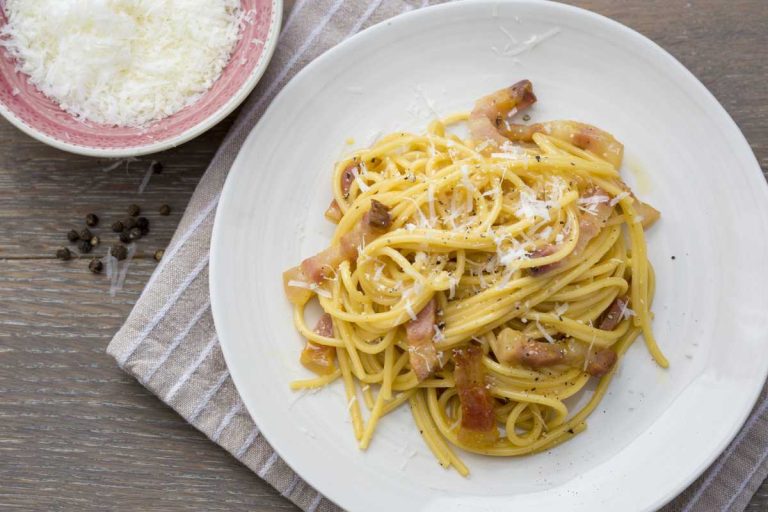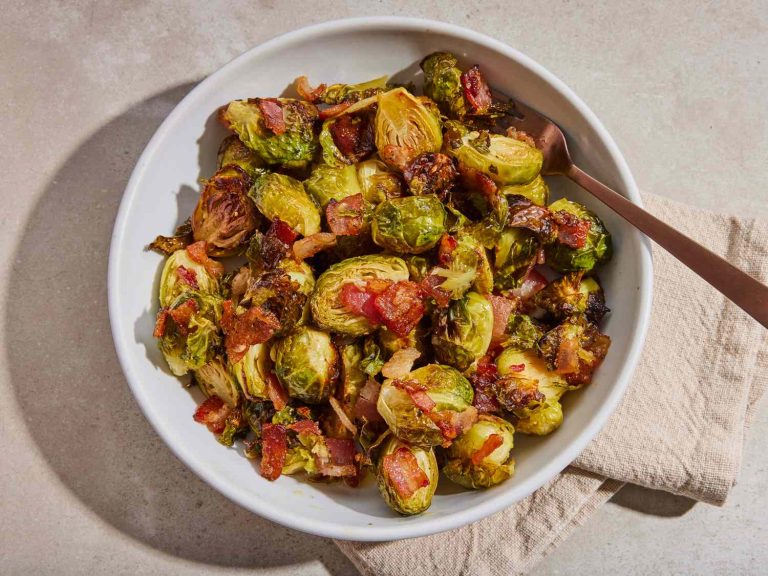Morning Buns: History, Recipes, and Top Bakeries
Morning buns have roots in France and the United States. These pastries, often linked to the classic croissant, date back to the 1970s in the U.S. French bakers initially influenced American versions, merging techniques from croissant making with local tastes.
Key Ingredients
Morning buns require a few essential ingredients:
- Dough: Made from yeast, flour, milk, butter, and sugar.
- Filling: Typically combines butter, cinnamon, and sugar, with occasional additions like orange zest or nuts.
- Topping: Often includes sugar or a glaze to enhance sweetness.
Fresh, high-quality ingredients are crucial for the best results.
How Morning Buns Differ from Other Pastries
Comparison with Croissants
Morning buns and croissants both feature a flaky texture, but differences in preparation and flavor set them apart. Croissants rely on lots of butter layered in dough through a laminating process to achieve their airy layers. In contrast, morning buns incorporate a yeast-based dough rolled with butter, cinnamon, and sugar. This combination creates a denser pastry with a sweet, spiced center.
Another key difference is shape. Croissants have a crescent shape, often plain or filled with almond paste or chocolate. Morning buns are rolled into spirals, showcasing their cinnamon-sugar filling. This filling richness paired with a delicate exterior makes morning buns more sugary and aromatic than croissants.
Comparison with Cinnamon Rolls
While morning buns and cinnamon rolls share similar ingredients, such as dough, cinnamon, and sugar, they diverge in texture and technique. Cinnamon rolls use a softer dough that rises more, resulting in a pillowy, bread-like consistency. Morning buns, with their laminated layers, have a flakier texture than the denser cinnamon roll.
Presentation also differs. Cinnamon rolls are typically topped with a thick layer of cream cheese frosting or glaze, enhancing their sweetness. Morning buns often feature a simple sugar sprinkle or light glaze, keeping the focus on the buttery, cinnamon-infused layers. Additionally, morning buns usually have a more pronounced caramelized crust compared to the consistently soft outer layer of cinnamon rolls.
Popular Morning Bun Variations
Traditional Cinnamon and Sugar
Traditional morning buns feature a cinnamon and sugar filling, delivering a sweet, comforting flavor. Bakers typically use a yeast-based dough, rolling it out and spreading it with butter, cinnamon, and sugar. After rolling and slicing, they bake the buns until golden brown. This classic version often includes a light glaze or simple sugar dusting as a finishing touch.
Modern Savory Options
Modern morning buns include savory variations that blend textures and flavors for a unique breakfast experience. Popular ingredients include cheese, herbs, and meats. One example is a Parmesan and herb bun, where Parmesan cheese and mixed herbs like rosemary and thyme replace the sweet filling. Another option includes ham and Gruyère, infusing the dough with diced ham and grated Gruyère cheese. These variations maintain the flaky texture of traditional buns while offering a savory twist.
Best Practices for Making Morning Buns
Tips for Perfect Dough
Select high-quality ingredients for the dough, as this impacts the texture and flavor. Use all-purpose flour due to its balanced protein content. Ensure the yeast is fresh; expired yeast results in flat buns. Proof the dough until it doubles in size; this takes about 1-2 hours depending on room temperature. Opt for a cool environment when incorporating butter, preventing it from melting and compromising the dough layers. Roll the dough evenly to maintain a consistent thickness, which is crucial for even baking.
Baking Techniques
Preheat the oven to 375°F (190°C) for optimal results. Line the baking tray with parchment paper to prevent sticking. Brush the buns with an egg wash before baking to achieve a golden brown crust. Bake for 20-25 minutes, checking for an even rise and golden color. Use a fan-assisted oven for consistent heat distribution if possible. Allow the buns to cool on a wire rack to preserve their flaky texture. Store leftovers in an airtight container to maintain freshness.
Where to Find the Best Morning Buns
Famous Bakeries and Their Recipes
Finding the best morning buns involves exploring renowned bakeries known for their exceptional recipes. Tartine Bakery in San Francisco offers morning buns that combine the richness of croissants with a sugary, cinnamon-packed filling. Their use of high-quality ingredients and precise techniques ensures a flaky, delicate texture.
Another top contender is Flour Bakery in Boston. Flour’s morning buns stand out for their balanced sweetness and citrus undertones, achieved by adding orange zest to the cinnamon-sugar mixture. Their buns are a testament to the meticulous preparation process, from dough proofing to careful baking.
For those in New York City, Balthazar Bakery provides a different twist. Their morning buns incorporate a buttery dough rolled with cinnamon-sugar and nuts, offering a crunchy texture and deep flavor. Balthazar’s commitment to traditional French baking methods shines through in each bun.
Local Cafés and Hidden Gems
Discover hidden gems in local cafés known for their artisanal bakery offerings. In Portland, Ken’s Artisan Bakery serves morning buns with layers of buttery pastry and caramelized cinnamon sugar. Ken’s prioritizes local ingredients and handcrafted techniques, making each bun unique.
In Seattle, Café Besalu offers morning buns that feature a light, airy texture with a caramelized exterior. Their buns are praised for the perfect balance between sweetness and buttery richness, often enjoyed alongside a cup of freshly brewed coffee.
Nashville’s Dozen Bakery also deserves a mention. Their morning buns are known for their generous cinnamon-sugar filling and tender crumb. Dozen Bakery’s focus on small-batch baking ensures freshness and quality in every bun.
Online Resources and Recipe Books
You can also find the best morning buns by exploring online resources and recipe books. Websites like King Arthur Baking and Allrecipes provide detailed morning bun recipes with step-by-step instructions. These platforms often include user reviews and photos, helping you replicate bakery-quality buns at home.
Cookbooks by famous bakers, such as “Tartine” by Elisabeth Prueitt and Chad Robertson, offer in-depth guidance on making morning buns. These books break down complex techniques, making them accessible for home bakers.
Conclusion
Morning buns offer a delightful blend of flaky pastry and cinnamon goodness, making them a perfect treat for any time of day. From renowned bakeries to hidden local gems, there’s no shortage of places to find exceptional morning buns. If you’re feeling adventurous, numerous online resources and cookbooks provide detailed recipes to help you master this delectable pastry at home. Whether you’re a seasoned baker or just starting, exploring the world of morning buns is sure to be a rewarding experience.




